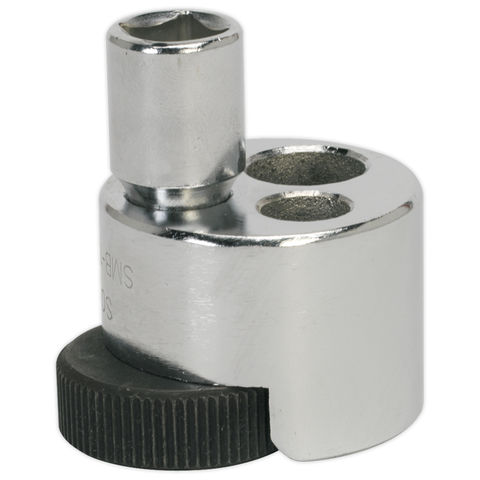You are using an out of date browser. It may not display this or other websites correctly.
You should upgrade or use an alternative browser.
You should upgrade or use an alternative browser.
Stuck/fused pedals. What’s the solution?
- Thread starter The History Man
- Start date
- Feedback
- View
Will dig out the paint gun first.
novocaine
Old School Grand Master
There is a special place reserved for these people.I have known people that used thread lock on pedals and not the sort that can be freed off without high heat! Around 400°c required
Good thread. There is actually fairly little here about stubborn pedal removal.
My trick is to dismantle the pedals. Sacrifice them. File proper flats on the axel so they will go in a bench vice. Forget the bullshit skinny
15mm spanners. Then get mediveal on them - cold heat - blowtorch on the crank arms - penetrating fluid - long breaker bars -
anything - Pernod - and brute force.
I've broken three Chrome - Vanadium spanners getting pedals off, jewed up jaws of bench vices, it can be a bitch, but do all you can
to increase leverage and either make the crank or the pedal axle a solid work piece to begin with.
My trick is to dismantle the pedals. Sacrifice them. File proper flats on the axel so they will go in a bench vice. Forget the bullshit skinny
15mm spanners. Then get mediveal on them - cold heat - blowtorch on the crank arms - penetrating fluid - long breaker bars -
anything - Pernod - and brute force.
I've broken three Chrome - Vanadium spanners getting pedals off, jewed up jaws of bench vices, it can be a bitch, but do all you can
to increase leverage and either make the crank or the pedal axle a solid work piece to begin with.
Last edited:
- Feedback
- View
Will an hss drill do it?
hookooekoo
Senior Retro Guru
A stud/bolt extractor is designed for jobs like this. Disassemble the pedal, then place the extractor on the pedal spindle. The extractor has a camming action, and grips tighter when more force is applied. If it still won't move then rub soap on the crank, gently heat the crank with a blowtorch until the soap turns black, then try again with the extractor. The exact method I described was used over 25 years ago by someone I know to remove some stuck pedals from aluminium cranks.

Sealey VS7232 Stud Remover & Installer

hookooekoo
Senior Retro Guru
I don't think that drilling out is a particularly good option unless the OP has access to proper workshop equipment. This technique is usually known in the engineering trade as 'collapsing the threads' and it requires a high level of accuracy in centring the drill. To do it well you need a pillar drill fitted with a machine vice.
Also worth noting that in the engineering trade this technique may be seen as risky, because the drill may suddenly, and without warning, pickup on the remains of the pedal spindle. Of course that may have the effect of unscrewing the remains of the spindle from the crank, but it can also lead to damaged machinery and broken drill bits. Furthermore, if it does pickup, then you risk injury, because the drilling process can become rather violent when a rotating drill bit is suddenly brought to rest or slowed down.
Also worth noting that in the engineering trade this technique may be seen as risky, because the drill may suddenly, and without warning, pickup on the remains of the pedal spindle. Of course that may have the effect of unscrewing the remains of the spindle from the crank, but it can also lead to damaged machinery and broken drill bits. Furthermore, if it does pickup, then you risk injury, because the drilling process can become rather violent when a rotating drill bit is suddenly brought to rest or slowed down.
hookooekoo
Senior Retro Guru
If you do decide to collapse the threads, then you need a drill bit that is a tiny bit smaller diameter than the minor diameter of the crank threads (thread lookup tables are readily available). If the drill diameter is too large, or the drill isn't perfectly centred, you'll eat into the crank threads. If the drill diameter is too small, the shell thickness of the remains of the spindle will be too great, you won't be able to collapse the spindle threads (although you could repeat with a properly sized drill).
Similar threads
- Replies
- 26
- Views
- 1K
- Replies
- 16
- Views
- 3K
- Replies
- 0
- Views
- 667
- Replies
- 23
- Views
- 4K
Latest posts
-
Finished my dream Contini build but don't know much about the brand
- Latest: highlandsflyer
-
-
-